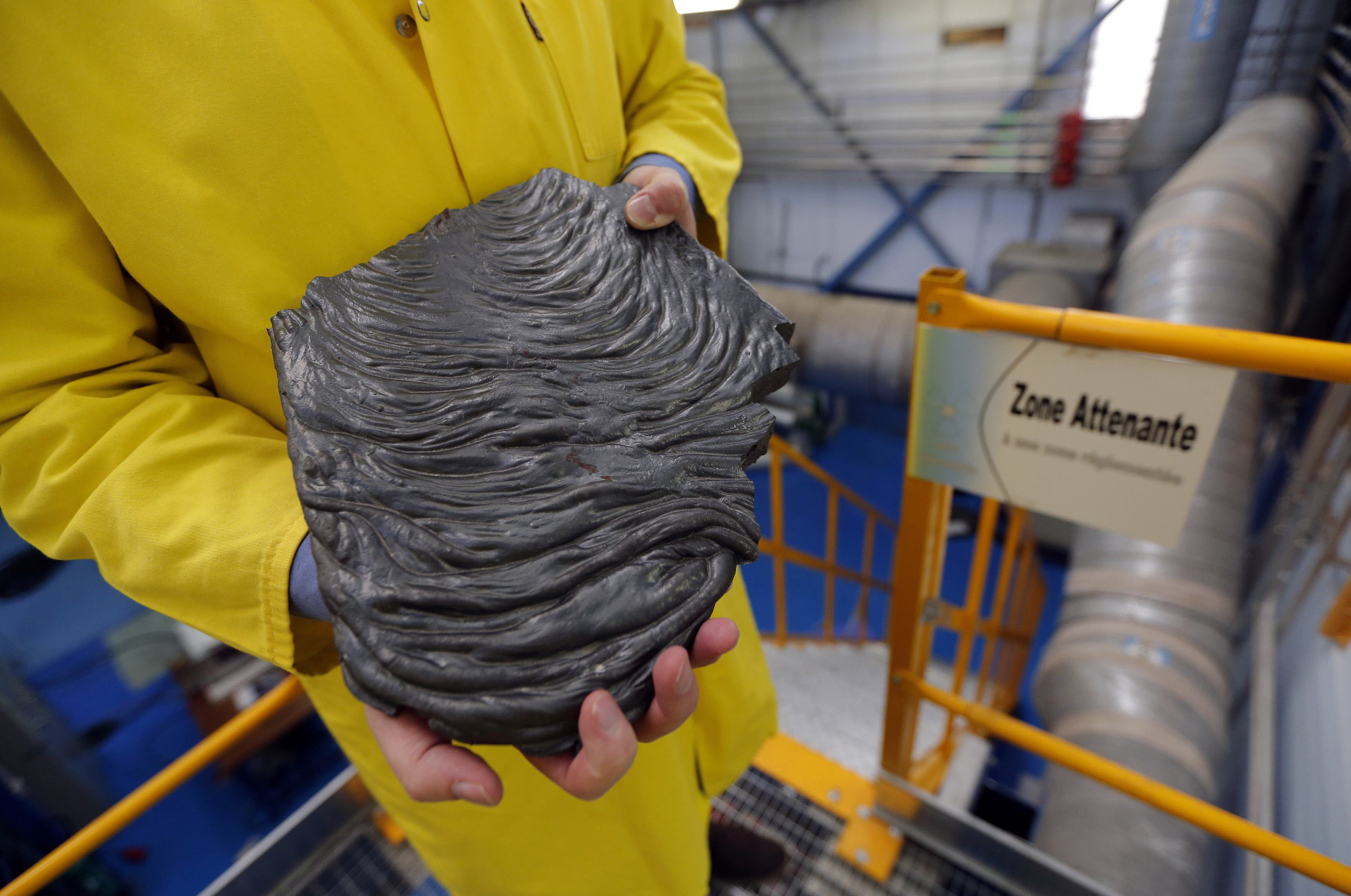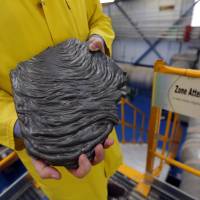The Generation IV International Forum was created in 2000 to do research on new types of nuclear reactors to replace water-cooled models that make up the majority of today's global nuclear fleet. The group has chosen the following systems to focus on.
Sodium-cooled fast reactor: Using superheated liquid sodium as a coolant, this is the most mature technology of the six. The metal's low melting point and high boiling point allow the reactor to operate at near-atmospheric pressure. Sodium explodes in water and catches fire in air.
Lead-cooled fast reactor: It can operate at atmospheric pressure and high temperatures because of lead's high boiling point. The lead must be kept hot at all times to prevent it from solidifying.
Gas-cooled fast reactor: This will be cooled with helium, which is chemically inert and noncorrosive, but less efficient than liquids at evacuating heat from the core.
Supercritical water cooled reactor: This uses water above 374 degrees Celsius as a coolant. As with existing boiling-water reactors, steam feeds directly into a steam turbine. Unlike some other fourth-generation systems, it can be developed step by step from current water-cooled reactors.
Very high temperature reactor: Another evolutionary development of existing models, with several potential designs. They include the pebble-bed reactor,which runs gas over spherical fuel elements, has relatively good safety features, and could potentially be deployed in oil refineries and other industries.
Molten salt reactor: This offers two variants: one in which nuclear fuel is dissolved in salt, the other with salt as a coolant.




















With your current subscription plan you can comment on stories. However, before writing your first comment, please create a display name in the Profile section of your subscriber account page.